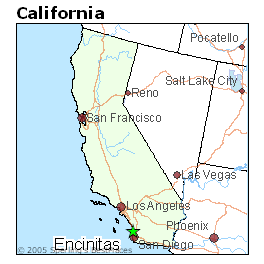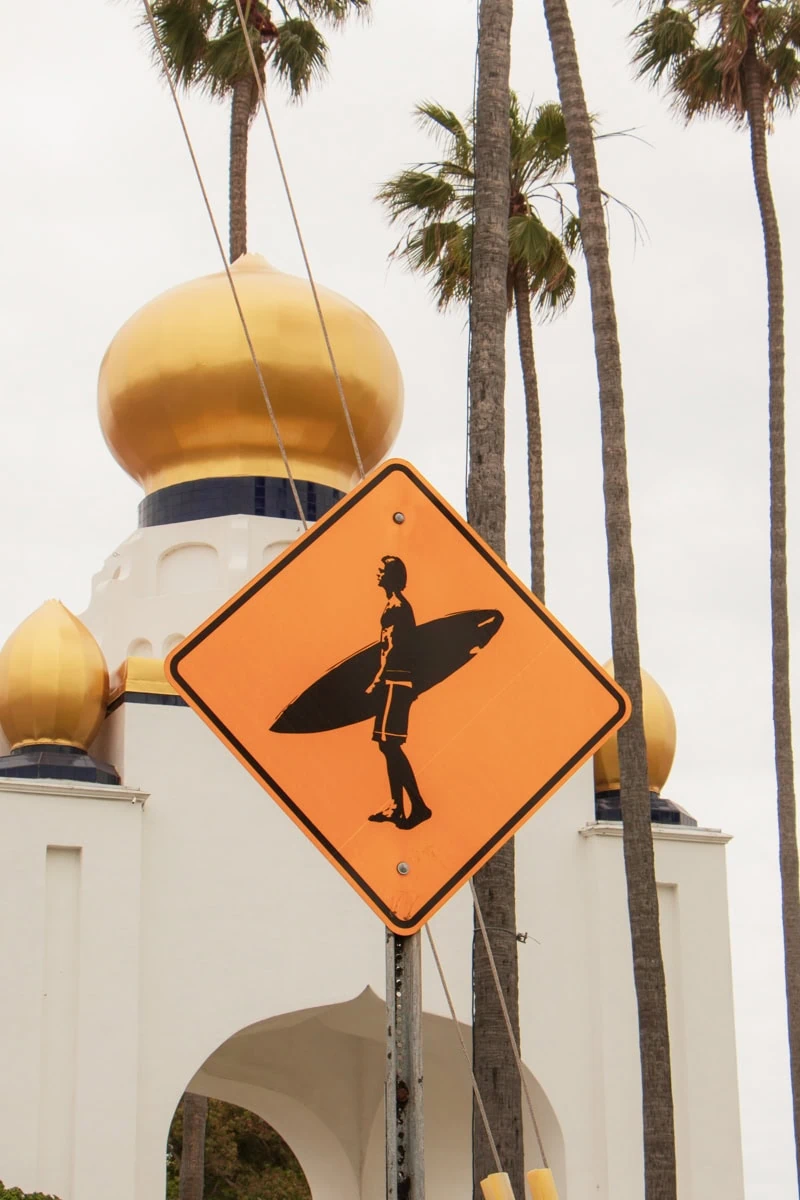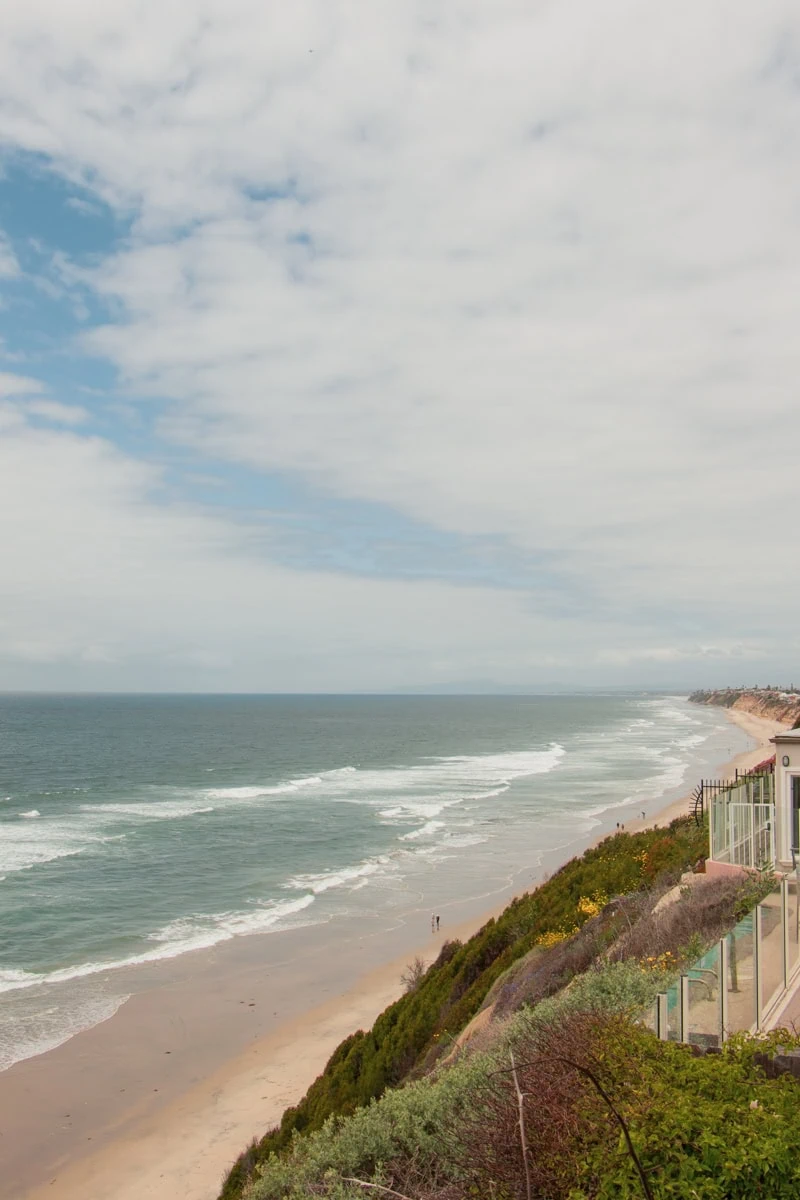Encinitas offers residents and visitors multiple transportation options to navigate this beautiful coastal community. If you prefer public transit, driving your own vehicle, or embracing an active lifestyle with cycling, there’s a way to get around that fits your needs. Understanding the various transportation methods available can help you plan your daily commute or weekend adventures with ease. Let’s examine the different paths to explore Encinitas and discover which option might work best for your lifestyle.
Public Transit Options in Encinitas

- Exploring public transit options in Encinitas. Source: bestplaces.net
The North County Transit District (NCTD) serves as the core of Encinitas’s public transportation system, offering several bus routes that connect neighborhoods throughout the city. The BREEZE bus service operates multiple routes, including Route 101, which travels along the coast, and Route 304, which provides inland service. These routes typically operate seven days a week with varying schedules, making them convenient for both commuters and recreational travelers. Fares are affordable, starting at $2.50 for a one-way adult ticket, with discounts available for seniors, disabled passengers, and youth. All NCTD buses are equipped with wheelchair ramps and bike racks, accommodating diverse transportation needs.
For longer journeys, the COASTER commuter train offers a scenic and efficient option for traveling along the coast. The Encinitas Station is centrally located downtown on E Street, making it easily accessible for residents and visitors. The COASTER connects Encinitas to Oceanside to the north and downtown San Diego to the south, with one-way fares ranging from $4 to $6.50 depending on distance traveled. This service is particularly popular among commuters working in San Diego, as it eliminates the stress of highway driving and parking challenges. The train offers free Wi-Fi, comfortable seating, and stunning coastal views. Riders can also make regional connections to the Sprinter, Amtrak, and San Diego Trolley systems, expanding travel possibilities throughout Southern California.

- Driving under the iconic Encinitas sign on Highway 101. Source: seatosequoia.com
Driving in Encinitas
For those who prefer to drive, Encinitas offers relatively manageable traffic compared to other parts of San Diego County. Interstate 5 serves as the main north-south artery, with key east-west corridors including Encinitas Boulevard, Leucadia Boulevard, and Santa Fe Drive. Rush hour congestion typically occurs weekdays from 7-9 AM and 4-6 PM, with the I-5 experiencing the heaviest traffic. Local residents often use parallel routes like Highway 101 (South Coast Highway) to avoid freeway backups, though this scenic route has numerous traffic signals. According to local data, the average one-way commute in Encinitas takes 25.5 minutes, slightly better than the national average of 26.4 minutes.

- Biking along the scenic streets of Encinitas. Source: seatosequoia.com
Parking in Encinitas varies by location, with free and paid options available throughout the city. Downtown and beach areas offer a mix of free time-limited street parking, municipal lots, and metered spaces. The Civic Center parking garage provides convenient downtown parking, while beach lots at Moonlight Beach and Swami’s tend to fill quickly during summer months and weekends. For commuters, carpooling has gained popularity, with 5.8% of residents sharing rides. Designated park-and-ride lots near major intersections and the COASTER station facilitate ride-sharing and transit connections. Many employers also offer incentives for carpooling or alternative transportation, helping to reduce traffic and environmental impact.
Biking Infrastructure and Routes

- Future developments in transportation around Encinitas. Source: seatosequoia.com
Encinitas has made significant strides in becoming a bike-friendly community, with an expanding network of dedicated bike lanes and routes. The highlight of the local cycling infrastructure is the Cardiff Rail Trail, a scenic 1.3-mile protected path running alongside Highway 101 with breathtaking ocean views. This popular route connects with the Coastal Rail Trail, which continues north to Carlsbad and south toward Solana Beach. Throughout the city, designated bike lanes exist on major roads, including Encinitas Boulevard, Vulcan Avenue, and portions of El Camino Real, creating safer conditions for cyclists commuting or riding recreationally.
The coastal Highway 101 corridor remains the most popular cycling route, offering beautiful ocean vistas and access to beaches, restaurants, and shops. For mountain biking enthusiasts, the nearby San Elijo Lagoon Ecological Reserve provides nature trails with varying difficulty levels. The city continues to implement its Active Transportation Plan, which aims to improve connectivity between existing bike routes and enhance safety at key intersections. Local bike shops offer rentals for visitors, while safety-conscious cyclists appreciate the city’s efforts to create separated bike lanes where possible. Many local cycling groups organize regular community rides, fostering a strong cycling culture in Encinitas. For those new to cycling in the area, it’s recommended to use high-visibility gear and lights, especially when riding at dawn, dusk, or along busier corridors.
Alternative Transportation and Future Developments
Ridesharing services like Uber and Lyft have become increasingly popular alternatives in Encinitas, filling transportation gaps for residents and visitors alike. These services provide convenient door-to-door transportation without parking worries, especially valuable for accessing crowded beach areas or downtown during events. For environmentally conscious drivers, Encinitas has embraced electric vehicle infrastructure, with public charging stations available at locations including the Community Center, Library, and various shopping centers. This growing network supports the estimated 15% of Encinitas residents who now drive electric or hybrid vehicles, reflecting the community’s environmental values.
Looking toward the future, Encinitas is investing in several transportation improvements as part of its Climate Action Plan. Upcoming projects include expanding the Coastal Rail Trail, enhancing pedestrian corridors with wider sidewalks and safer crossings, and implementing “complete streets” designs that accommodate all transportation modes. The city is also exploring micromobility options such as e-bike share programs and advocating for increased COASTER frequency to better serve commuters. Walking paths continue to be developed throughout the community, with particular attention to connecting neighborhoods to transit stops, beaches, and commercial areas. These initiatives align with the city’s sustainability goals while addressing traffic concerns and supporting the 15.2% of residents who already work from home, a percentage that grew significantly during the pandemic and continues to influence transportation patterns.
Follow Encinitas transportation updates on Instagram @encinitasgov for the latest news on road projects, transit schedules, and cycling events.
